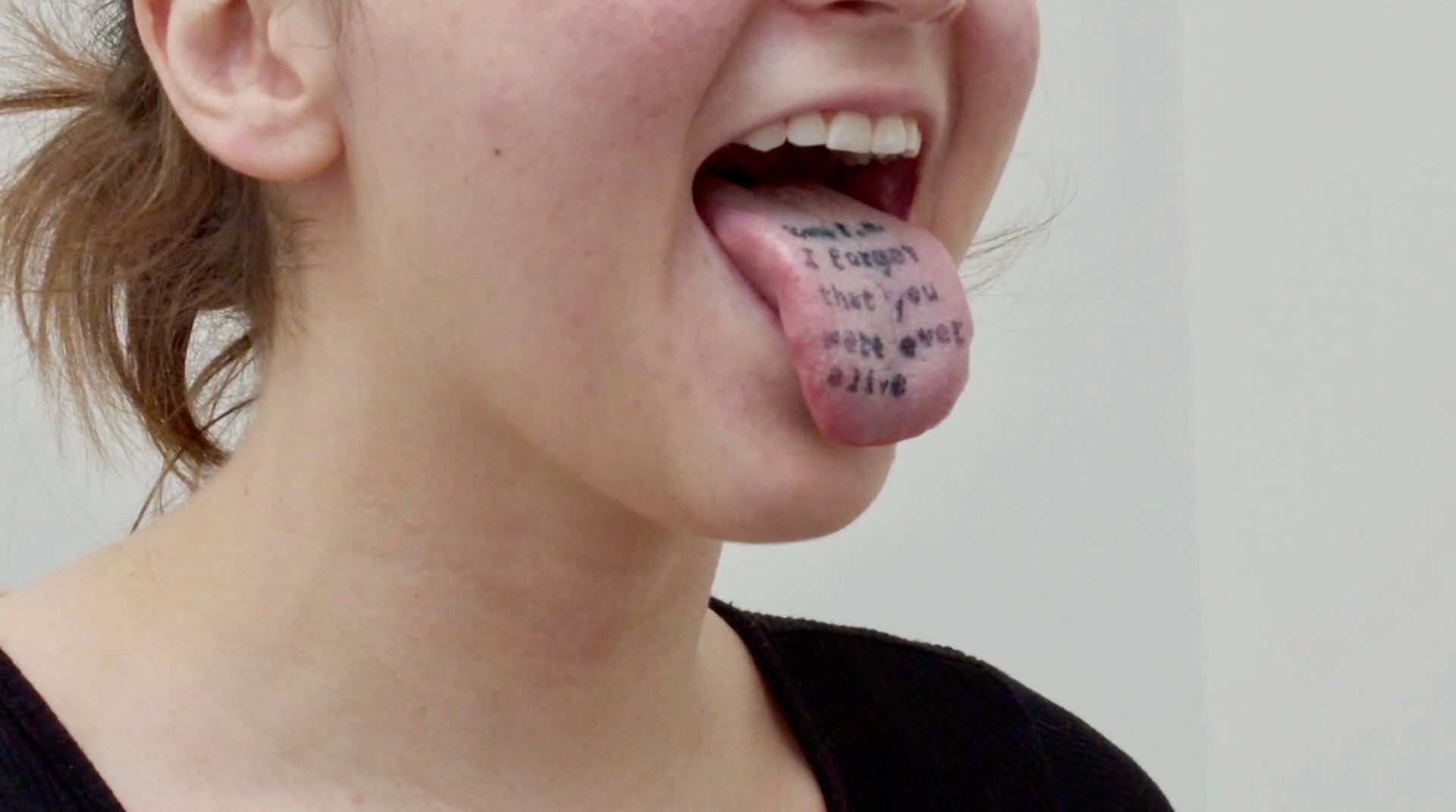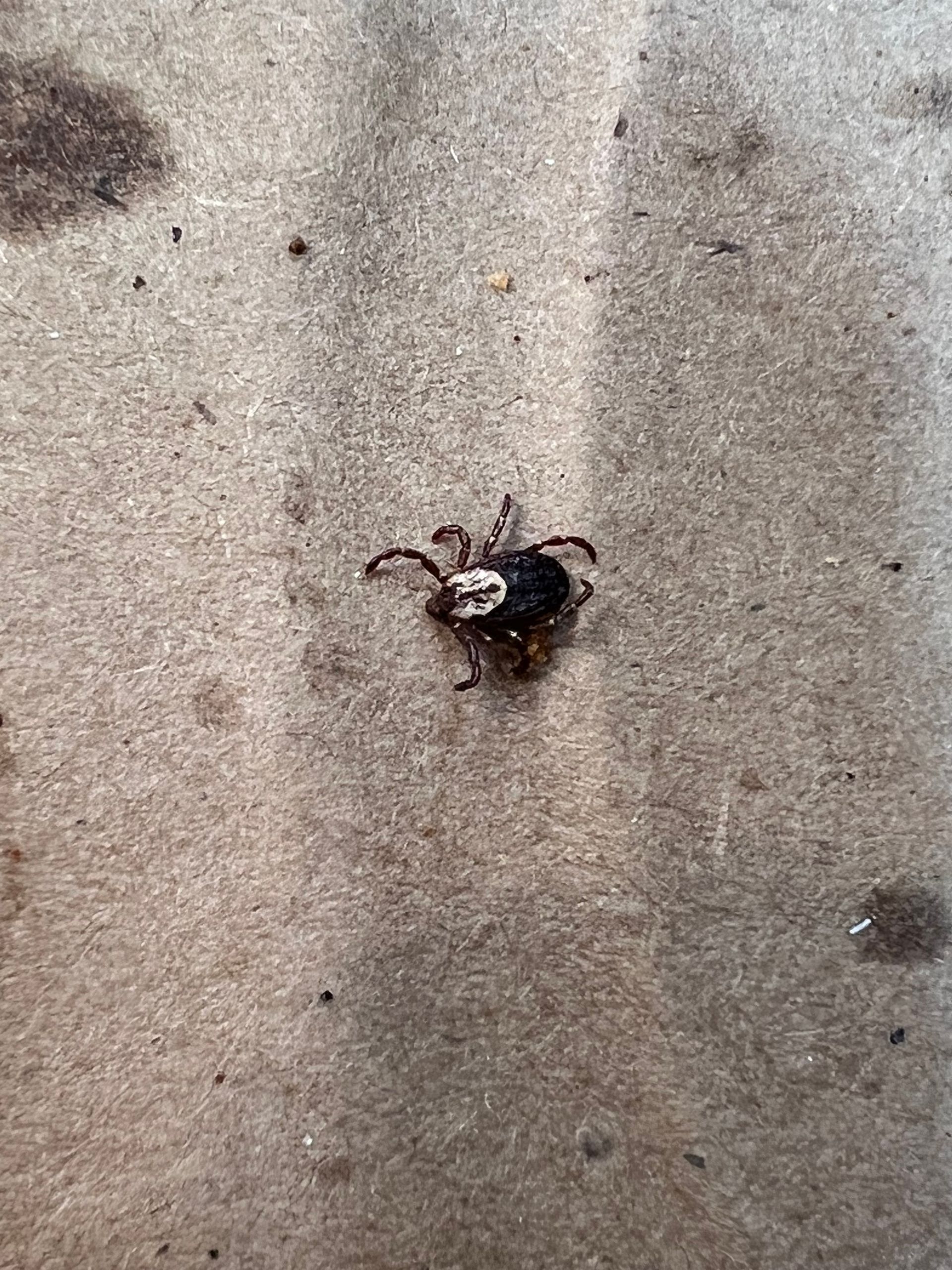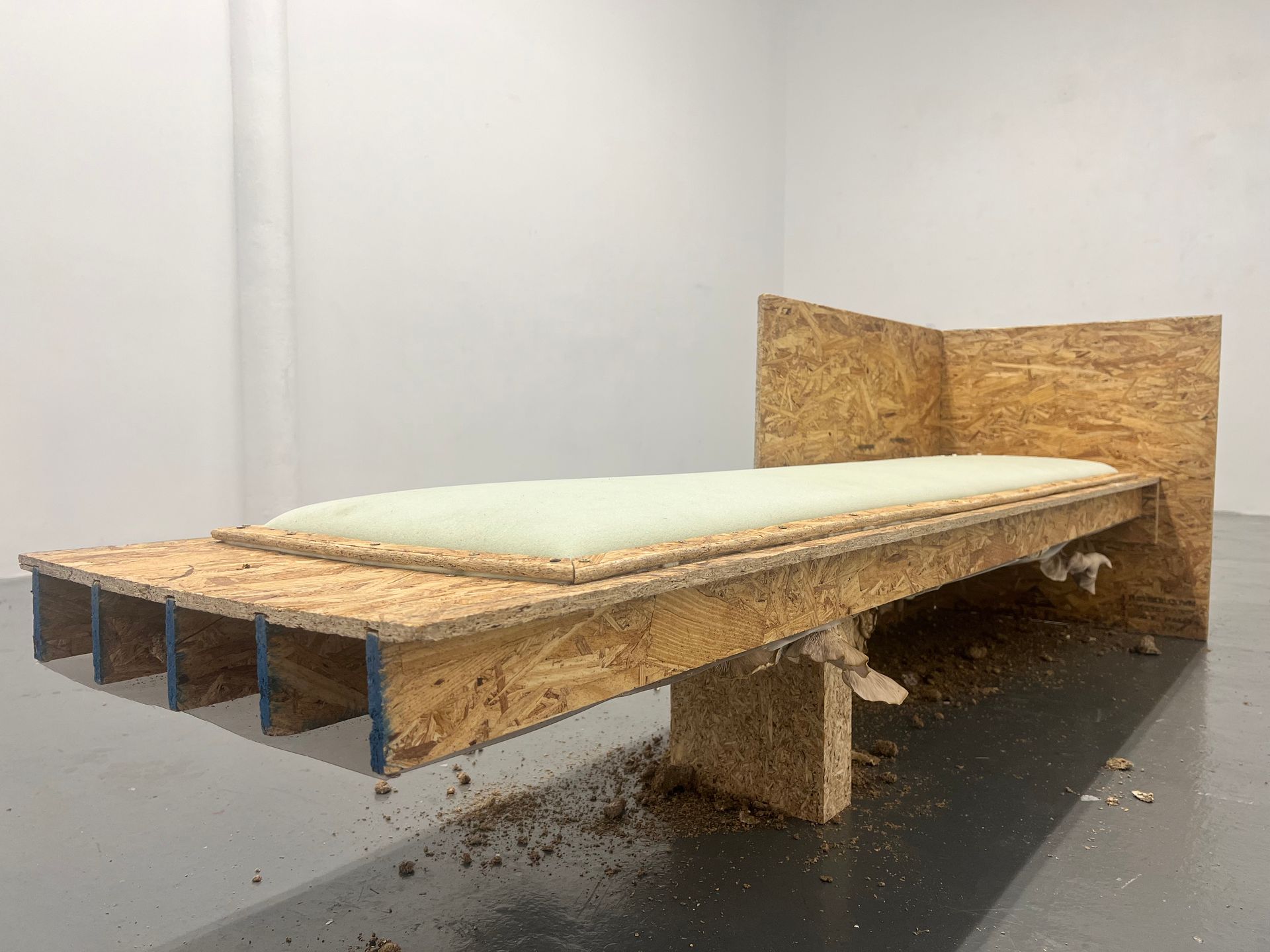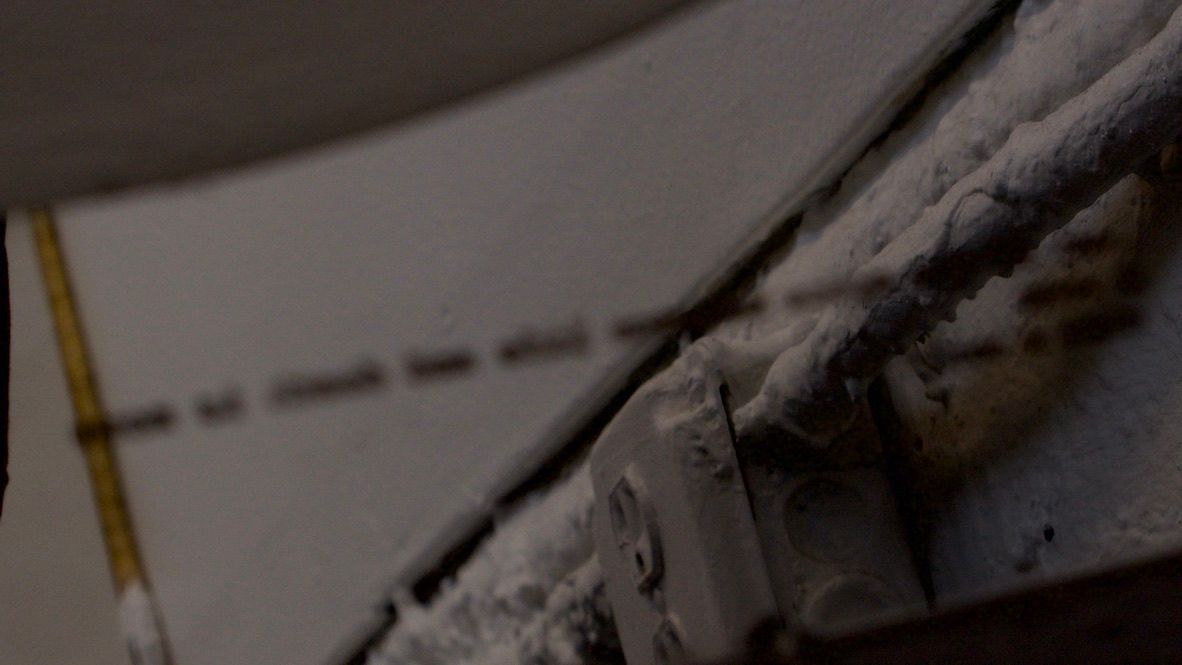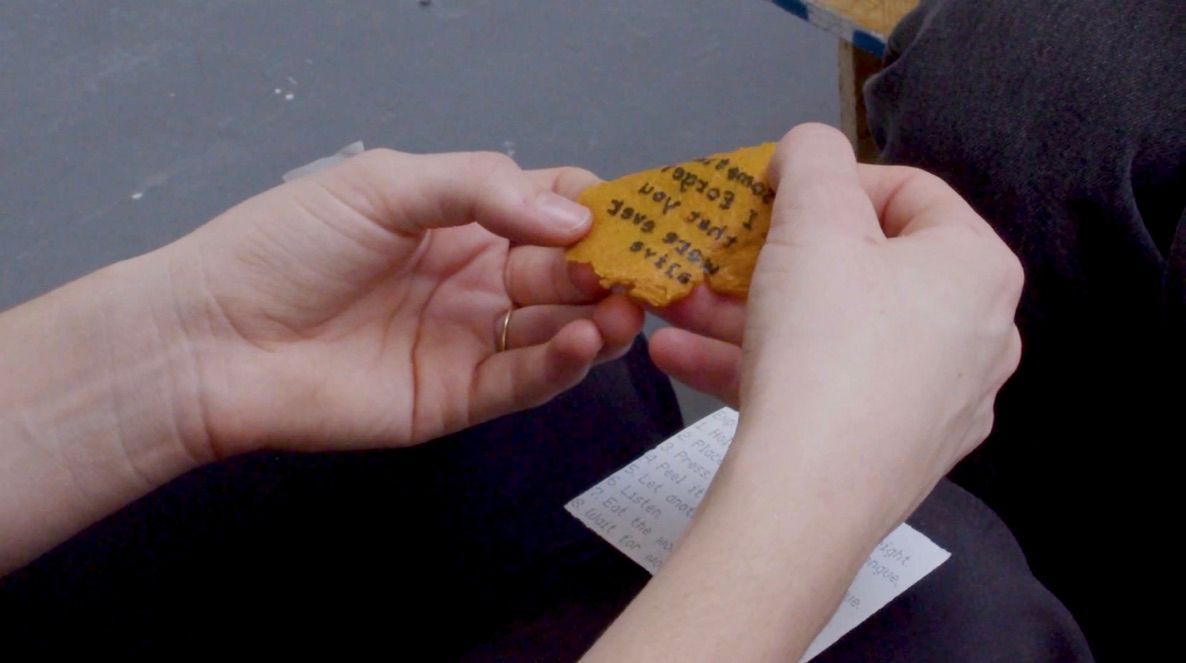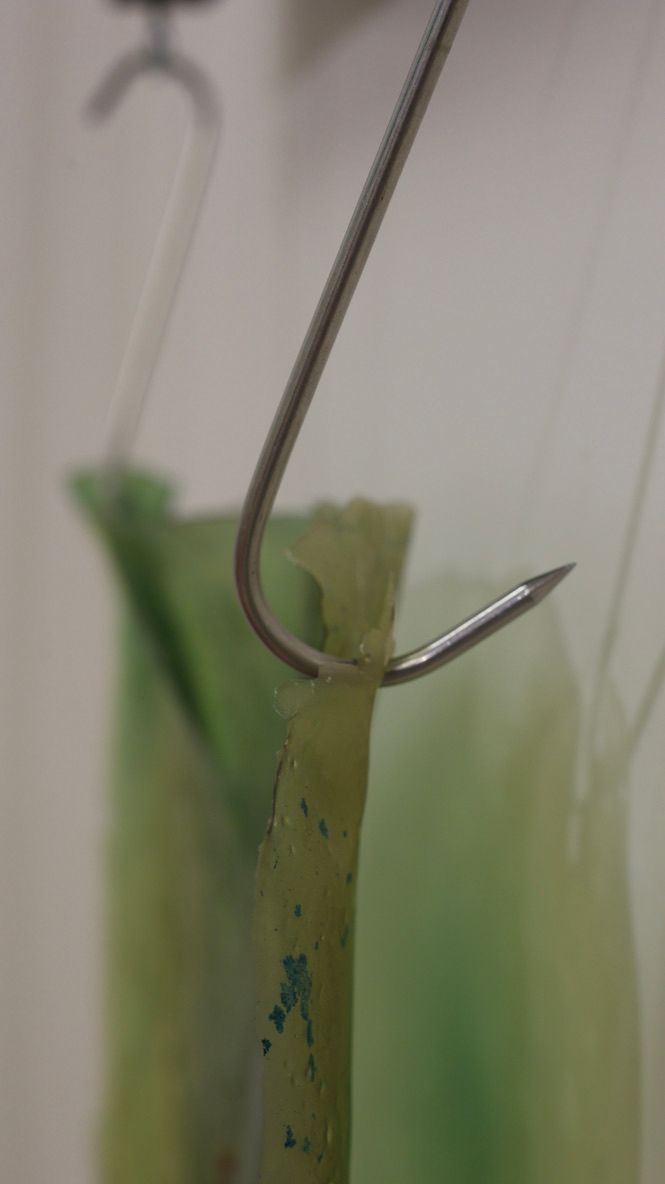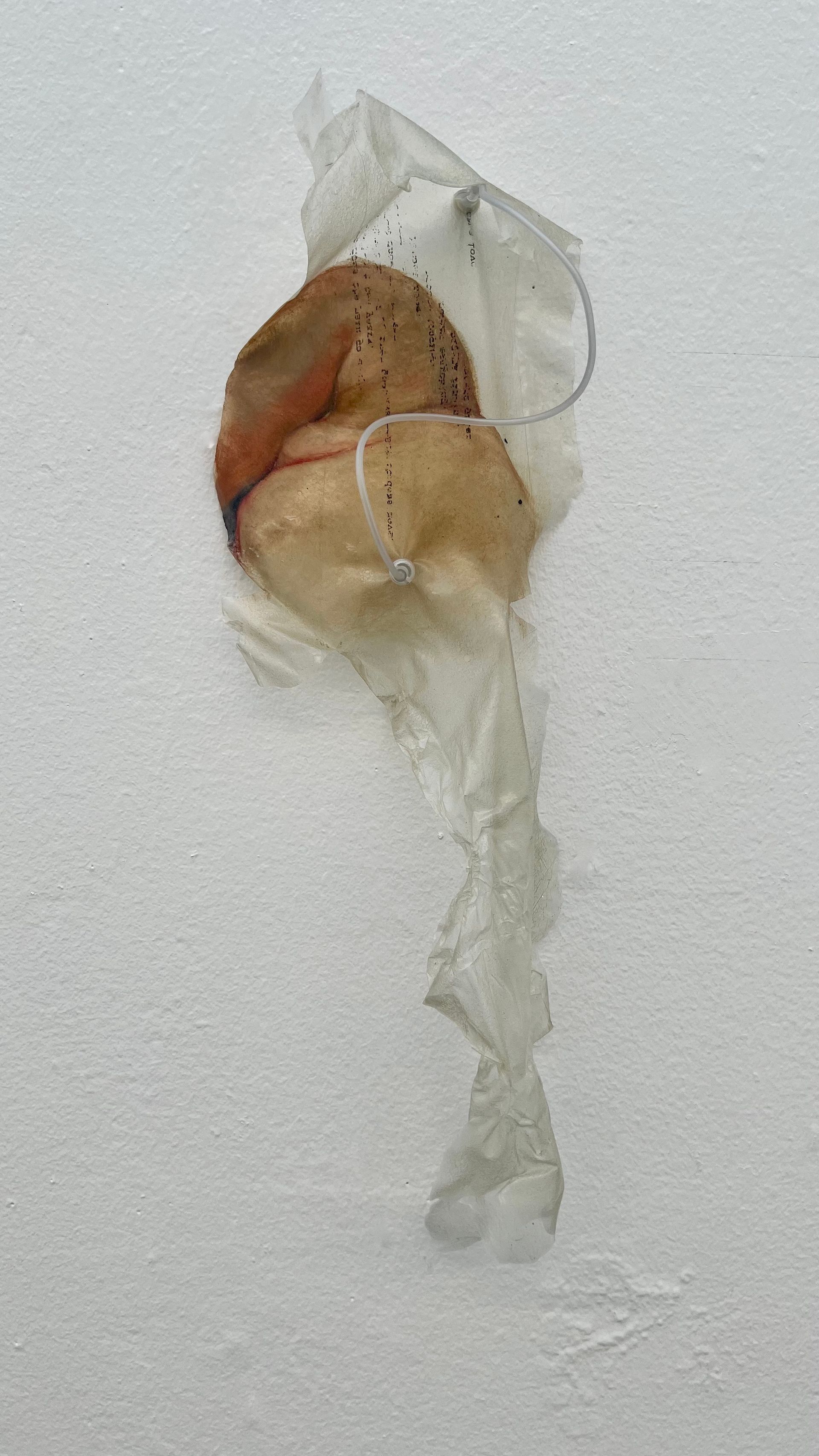Does She Even Want To Be Braided?
Mckenna Goade • September 29, 2024
a brief reflection on Braiding Sweetgrass
September 29, 2024
Does She Even Want to Be Braided?
One could not stand and watch very long without becoming philosophical, without beginning to deal in symbols and similes, and to hear the hog squeal of the universe.
—Upton Sinclair, The Jungle
We embalm our dead, seal them in steel boxes, and lock them in concrete vaults—why do we try to preserve what is unpreservable? Maybe death is the body offering itself back to the world. The trees, the algae—they breathe in what we exhale, and then they let us breathe it in again.
Breath and decay, bound together, an endless exchange.
In nature, Breath does not cling to anything; instead, it moves. Trees pull in our detritus and turn it into something to nourish us all. Algae, blooming in the waters, thrives on what is discarded. Death is not sterile in the wild. It is not hidden but seen, felt, and touched. In Being with the Dead, Hans Ruin discusses Martin Heidegger’s ideas proposed in Being and Time; he asks:
What is it really to know death? We think that we know death simply because we experience it all around us. But what we experience is always the death of the other, not death as our death or as my death. We should not simply take the medical, biological, and social “fact of death” for granted as our source of knowledge and reflection when we seek to understand mortality because death, as he writes, is ultimately a phenomenon of “Dasein [human existence] as possibility.” Somehow death must be grasped and conceptualized as a phenomenon of life, of this life itself from the viewpoint of the living as their utmost possibility, indeed as the “possibility of impossibility” as the definition reads.
To Heidegger and Ruin, one must conceptualize death as life. Nature teaches this well—the leaves become compost, the mushroom rises from rot, and the Breath of the dead becomes the Breath of the living.
Skin, the surface where we meet the world, is a boundary—but one that breathes. Our skin touches air, and in that contact, we are alive. Thin membranes of material (bioplastic) feel like the earth’s skin stretched tightly between death and life. The place where the air touches earth, where Breath brushes against decay. Bioplastic is a fragile skin—impermanent, porous, always breaking down, always part of a cycle—bioplastic is viscous. In Purity and Danger, Mary Douglas confronts the viscous while discussing a child “plunging” their hands into a jar of honey.
The viscous is a state half-way between solid and liquid. It is like a cross-section in a process of change. It is unstable, but it does not flow. It is soft, yielding and compressible. There is no gliding on its surface. Its stickiness is a trap, it clings like a leech; it attacks the boundary between myself and it. Long columns falling off my fingers suggest my own substance flowing into the pool of stickiness. Plunging into water gives a different impression. I remain a solid, but to touch stickiness is to risk diluting myself into viscosity. Stickiness is clinging, like a too-possessive dog or mistress. In this way the first contact with stickiness enriches a child’s experience. He has learnt something about himself and the properties of matter and the interrelation between self and other things.
Skin, bioplastic, algae…all viscous, breathing boundaries between the self and other.
I have been thinking of Breath. Of touch. Of agency. Can we touch Breath? Does it touch back? If Breath touches us, is it alive? When does air become Breath, and when does Breath return to air? I wanted to mold it, to give it form, but now I wonder—what form does Breath want to take on its own? By imposing edges, do I reveal my mistrust in its aliveness? Am I showing that I think I am at the top of some kind of hierarchy (do I really think that)? But Breath resists shape, resists control. Breath wants to move. Breath is slippery. When I attempt to exert control, she shows me that she will not be governed.
When I first started gathering algae from Central Park, I intended to grind it into pigments like those I had made before. Instead, she resists control and makes unexpected things. She is misunderstood; she is stinky. This stench is part of what draws me to her—as in Germano Celant’s Art or Sound, he states, “the smelly, the noisy, the hot, the sticky, the soft, the rotten, the organic and the decaying are mementos of living, as well as of dying.” I am looking for these mementos.
In Braiding Sweetgrass, Robin Kimmerer speaks of asking permission from the non-human and listening to the earth. “Ask,” she says, “and listen for the answer.” The Honorable Harvest—taking only what is given, leaving the first and the last—is something I strive to follow. How do we ask Breath for permission? How do we listen to their reply? I am learning to collaborate and not attempting to “master.” She is more than a pigment; she is what binds us together.
I think of my work with bioplastics—fragile, breaking down in my hands—trying to capture my father’s dying Breath. I want to touch his Breath—or maybe breathe it. But is Breath something that can be caught? Or is it meant to “decay” and become air again?
Bibliography
Celant, Germano. Art or Sound. Milano: Fondazione Prada, 2014.
Douglas, Mary. Purity and Danger: An analysis of concepts of pollution and Taboo. London: Routledge & Kegan Paul, 1966.
Kimmerer, Robin. 2013. Braiding Sweetgrass: Indigenous Wisdom, Scientific Knowledge and the Teachings of Plants. Minneapolis: Milkweed Editions. Accessed September 28, 2024. ProQuest Ebook Central.
Ruin, Hans. Being With The Dead: Burial, Ancestral Politics, and The Roots of Historical Consciousness. Stanford, CA: Stanford University Press, 2018.
Sinclair, Upton. 1991. The Jungle. Minneapolis: Lerner Publishing Group. Accessed September 28, 2024. ProQuest Ebook Central.
